A Quiet Place: Day One | The Cultural Sound Of Apocalyptic Horror
This is #CineFile, where our critic Rahul Desai goes beyond the obvious takes, to dissect movies and shows that are in the news
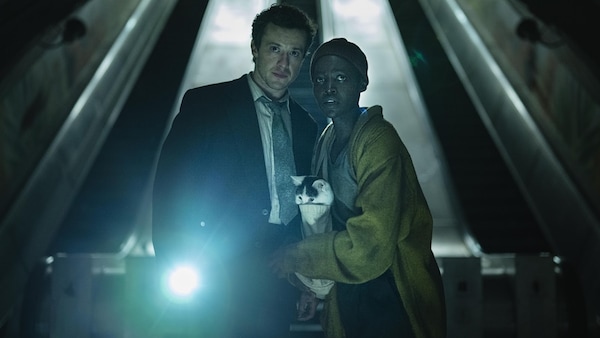
Last Updated: 08.31 PM, Jun 29, 2024
IT’S TRUE THAT THE A Quiet Place movie franchise is defined by good, old-fashioned film-making. But its effectiveness goes beyond technical finesse and slick horror tropes. The trick, really, is in its world-building. The creature features revolve around humans struggling to live through an invasion of blind extraterrestrial monsters with an acute sense of hearing. Which is to say: Sound is the ultimate sin. The experience is so immersive that you often find yourself shushing the screen every time a character moves. (At one point, I slapped my vibrating phone and nervously waited to be torn to shreds.) The subtext of this apocalypse is the reason it works so well. The environmental message — the noise pollution of new-age urban life — is the most obvious one.
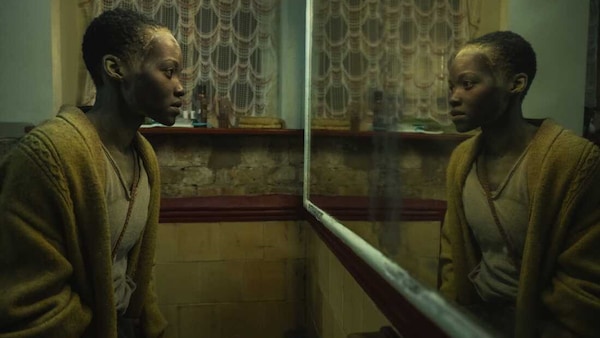
But there’s more. On one hand, this gimmick becomes an indictment of the use of sound — and noise — in modern genre cinema: all those deafening jump scares, screams and shrill scores. On the other hand, it raises poignant questions about the role of communication in the digital age. These films could be construed as a reaction to a generation that has replaced the spoken word with electronic proximity and textual affections. The creatures are almost a metaphor for our phones and computers and devices, where the slightest hints of outdoor life and natural voices are devoured without hesitation. The sonic reset of civilisation — where humans must find older, more primal ways of feeling and loving and being and conversing — is the only solution. That’s why the first two films, based in the aftermath of the attack, unfold largely in nature. They reframe the concept of silence on a planet that misinterpreted it for too long.

In that sense, Michael Sarnoski’s A Quiet Place: Day One is the perfect spin-off prequel to John Krasinski’s films. The premise is simple. Samira (Lupita Nyong’o), an African-American woman, finds herself at the center of the Manhattan carnage on the day the creatures attack (we see flashbacks of this day in the previous films through the eyes of the Abbott family). Desperate New Yorkers come to terms with the rules of this sensory nightmare in real time; it doesn’t take long for an eerie quiet to descend on a place notorious for its din. Sam’s journey features her cat Frodo and a terrified English law student named Eric (Joseph Quinn).
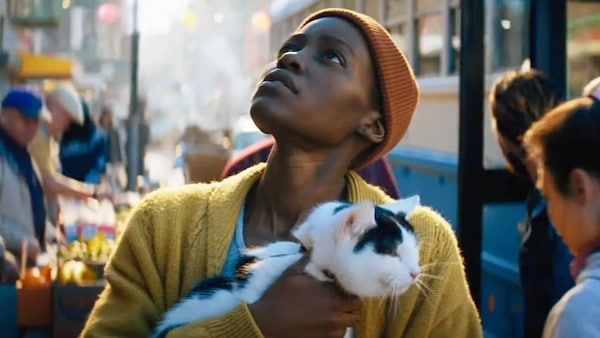
Only, Sam’s journey has more to do with dying — and therefore, living — than surviving. Sam is terminally ill and bitter, but she slowly rediscovers the desire to perish on her own terms: Pizza from a childhood spot in Harlem, memories of her father’s beloved jazz club, the rare stillness of a city that inspired her to be a poet. While the rest of the survivors scramble towards ferry terminals and boats (the creatures inherit the weakness of Shyamalan’s aliens from Signs: water), Sam ‘escapes’ in the opposite direction. She doesn’t want Eric to follow her, but the two soon find trust and kinship in each other. In one of the more moving moments, they conceal their agonising screams behind the crashing sounds of thunder. It’s like watching the atmospherics of a horror film empower — rather than supply — the foreground.
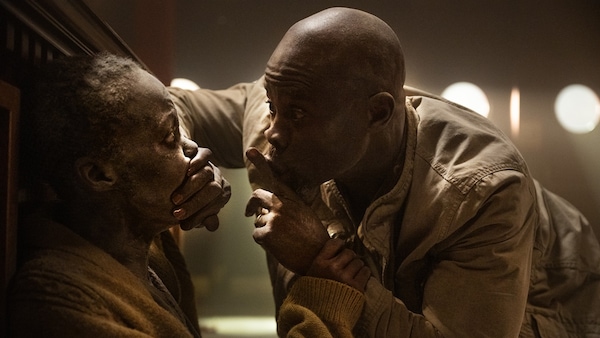
Moreover, the setting does well to expand the cultural connotations of the franchise. The racial diversity doesn’t exist for the heck of it. Samira craves to return to Harlem, the borough where sound and music are synonyms of each other. It also says something that Samira, a Black woman, visibly adapts to the ‘silence’ better than the white Americans (most of whom panic and die) in the city. In other words, she is better at blending into the environment without attracting the attention of hostile predators. The presence of Henri (Djimon Hounsou) and his family — who appeared in A Quiet Place Part II — reiterates this theme.
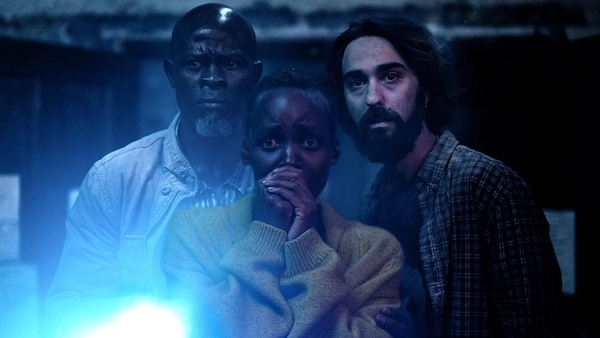
Sam’s presence of mind and survival instincts are sharper, which directly speaks to the systemic suppression of coloured people and immigrants in modern America. You can tell that Eric initially follows her because his privilege — as a white immigrant — allows him to recognise this; he knows she is stronger than him. He’s like a domesticated dog following a street-smart cat, so it’s kind of fitting that Sam doesn’t have a cute canine friend (the go-to animal for most dystopian thrillers) but a soulful service cat. Frodo is a feline reflection of Sam; it forces the film to defy the genre trope of the pet being audibly killed to signal the arrival of the creatures.
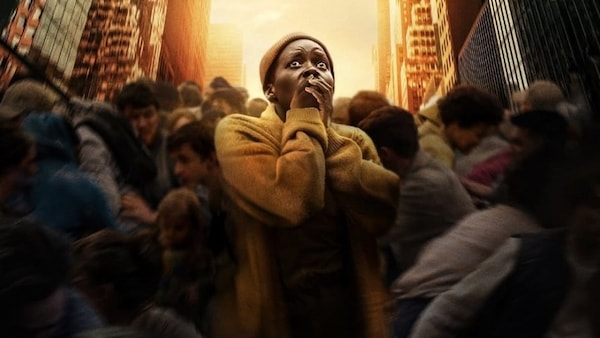
What also distinguishes A Quiet Place: Day One is its ability to be expressive in between the suspenseful set pieces. The eyes-and-gestures bonding between Sam and Eric aside, the film gives us post-pandemic folks enough blank space to reimagine a world like this. For instance, I found myself wondering if I could survive without the presence and production of sound. The sad part is I would’ve easily survived a day or three — I prefer texting, I look at screens, I write, I’m not emotive, I swim a lot, and silence is my love language. Even my grief is soundless. But the funny part is I wouldn’t survive a night; I snore.
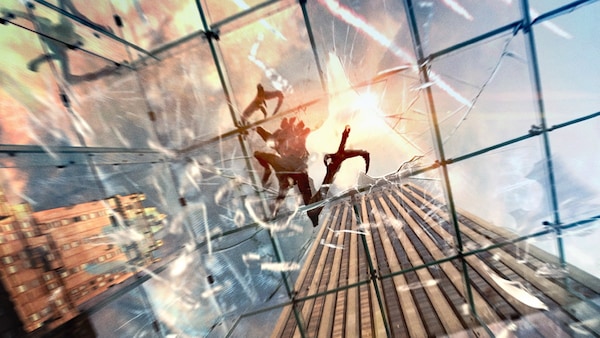
I also found myself wondering if my relationship would survive this giant mute button. I would miss my partner’s voice, her loud yawns, her constant chatter, her hiccoughs. But perhaps it would force us to find newer ways to connect and ‘talk’; perhaps her silent treatment would acquire new meaning. Maybe the unsaid aspects of our togetherness would come to the fore. I’m afraid her infectious laughter, though, would mean certain death. I’m afraid our love for music and dog reels — and sharing it with one another — would mean certain death. That’s what the final moments of the film imply. The joy has always been in the physical mundanities of attachment. Samira’s cynicism is broken down by the tangible things: protecting her cat, saving a stranger, eating a pizza, enjoying a song. She learns to feel alive — and afraid — again. After all, the fear of dying is inversely proportional to the loneliness of living.

 Premium
Premium